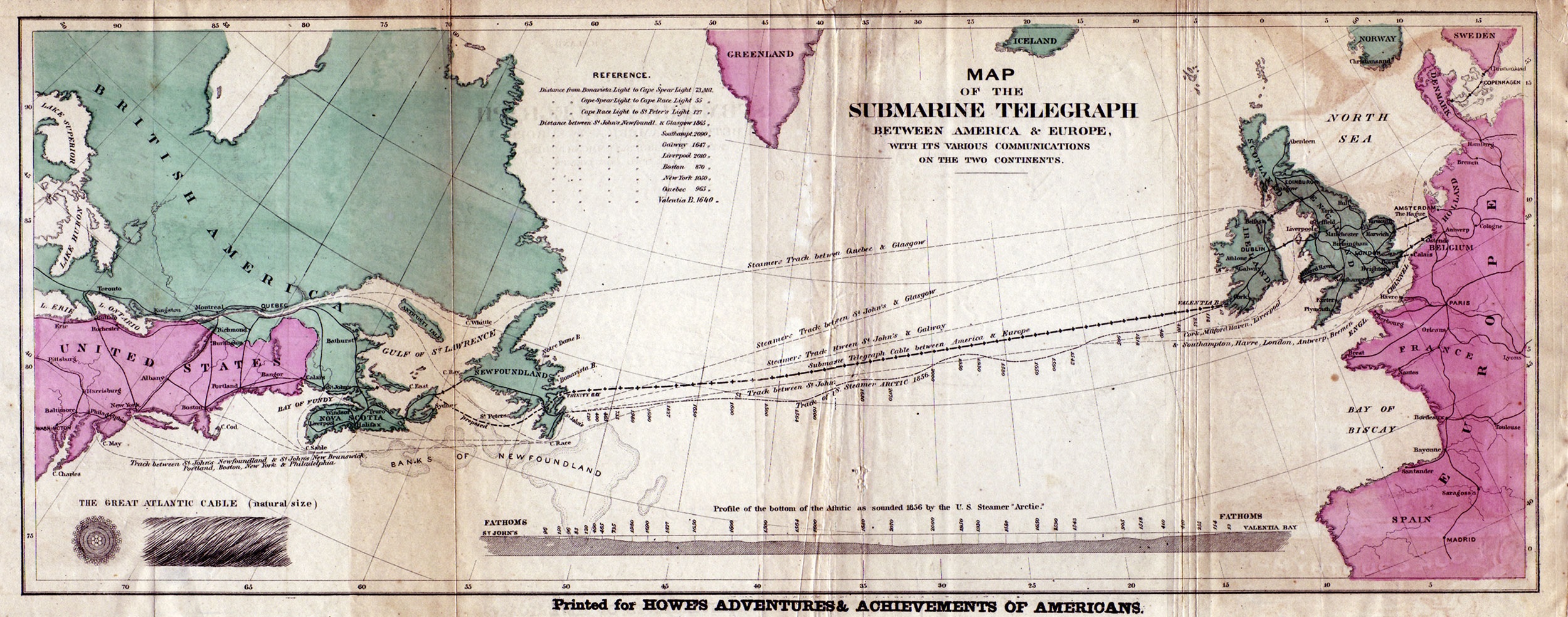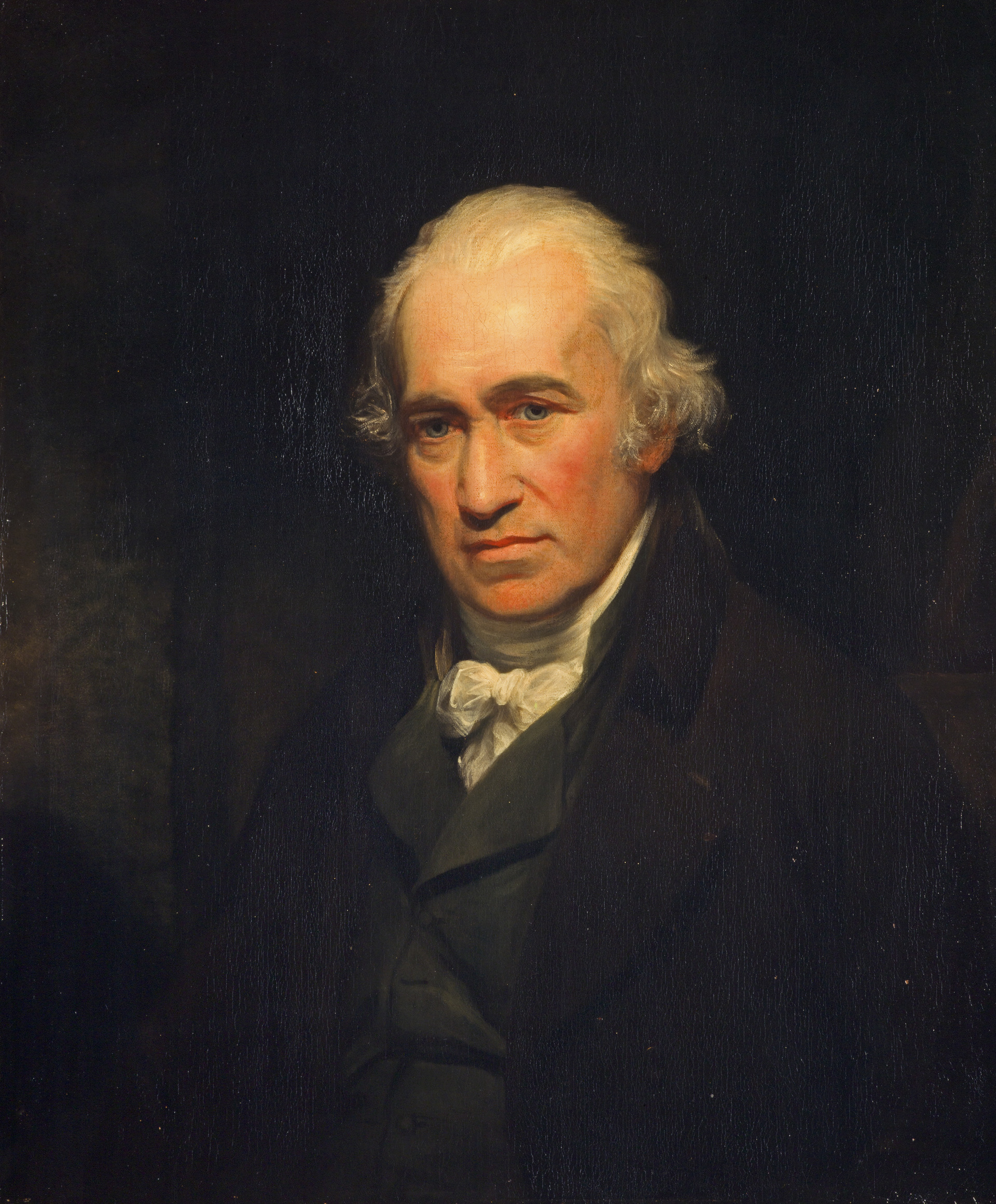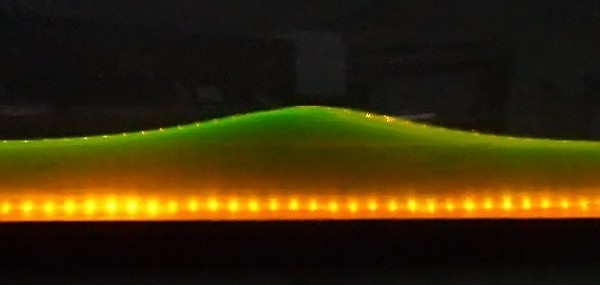|
SS Great Eastern
SS ''Great Eastern'' was an iron-hull (watercraft), hulled steamship designed by Isambard Kingdom Brunel, and built by John Scott Russell & Co. at Millwall Iron Works on the River Thames, London, England. Powered by both sidewheels and a screw propeller, she was by far the largest ship ever built at the time of her 1858 launch, and had the capacity to carry 4,000 passengers from England to Australia without refuelling. Her length of was surpassed only in 1899, by the 17,274-gross-ton , her Gross register tonnage, gross tonnage of 18,915 was surpassed only in 1901, by the 20,904-gross-ton and her 4,000-passenger capacity was surpassed only in 1913, by the 4,234-passenger . Her five Funnel (ship), funnels (later reduced to four) was unusual for the time. She also had the largest set of paddle wheels in existence. Brunel knew her affectionately as the "Great Babe". He died in 1859 shortly after her maiden voyage, during which she was damaged by an explosion. After repairs, she ... [...More Info...] [...Related Items...] OR: [Wikipedia] [Google] [Baidu] |
Heart's Content, Newfoundland And Labrador
Heart's Content is an incorporated town in Trinity Bay on the Bay de Verde Peninsula of Newfoundland and Labrador, Canada. Geography The natural harbour that makes up the town is located on the east side of Trinity Bay and it is built along the northeast side and the southeast base of this harbour. It opens out to Trinity Bay in a generally southwestern direction and protected from the harsh northern and eastern winds of the North Atlantic. Heart's Content is also at the crossroads of the main highway for Trinity Bay on the western side of the Bay de Verde peninsula and the highway cutting across the Bay de Verde peninsula between Victoria on the Conception Bay side and Heart's Content. The climate of the Atlantic Ocean and adjacent land areas is influenced by the temperatures of the surface waters and water currents as well as the winds blowing across the waters. Because of the oceans' great capacity for retaining heat, the climate of Heart's Content is moderate and fre ... [...More Info...] [...Related Items...] OR: [Wikipedia] [Google] [Baidu] |
Transatlantic Telegraph Cable
Transatlantic telegraph cables were undersea cables running under the Atlantic Ocean for telegraph communications. Telegraphy is a largely obsolete form of communication, and the cables have long since been decommissioned, but telephone and data are still carried on other transatlantic telecommunications cables. The Atlantic Telegraph Company led by Cyrus West Field constructed the first transatlantic telegraph cable. The project began in 1854 with the first cable laid from Valentia Island off the west coast of Ireland to Bay of Bulls, Trinity Bay, Newfoundland. The first communications occurred on August 16, 1858, but the line speed was poor. The first official telegram to pass between two continents that day was a letter of congratulations from Queen Victoria of the United Kingdom to President of the United States James Buchanan. Signal quality declined rapidly, slowing transmission to an almost unusable speed. The cable was destroyed after three weeks when Wildman ... [...More Info...] [...Related Items...] OR: [Wikipedia] [Google] [Baidu] |
James Watt
James Watt (; 30 January 1736 (19 January 1736 OS) – 25 August 1819) was a Scottish inventor, mechanical engineer, and chemist who improved on Thomas Newcomen's 1712 Newcomen steam engine with his Watt steam engine in 1776, which was fundamental to the changes brought by the Industrial Revolution in both his native Great Britain and the rest of the world. While working as an instrument maker at the University of Glasgow, Watt became interested in the technology of steam engines. At the time engineers such as John Smeaton were aware of the inefficiencies of Newcomen's engine and aimed to improve it. Watt's insight was to realise that contemporary engine designs wasted a great deal of energy by repeatedly cooling and reheating the cylinder. Watt introduced a design enhancement, the separate condenser, which avoided this waste of energy and radically improved the power, efficiency, and cost-effectiveness of steam engines. Eventually, he adapted his engine to produce rot ... [...More Info...] [...Related Items...] OR: [Wikipedia] [Google] [Baidu] |
Eastern Steam Navigation Company
Eastern or Easterns may refer to: Transportation Airlines *China Eastern Airlines, a current Chinese airline based in Shanghai * Eastern Air, former name of Zambia Skyways *Eastern Air Lines, a defunct American airline that operated from 1926 to 1991 * Eastern Air Lines (2015), an American airline that began operations in 2015 *Eastern Airlines, LLC, previously Dynamic International Airways, a U.S. airline founded in 2010 * Eastern Airways, an English/British regional airline *Eastern Provincial Airways, a defunct Canadian airline that operated from 1949 to 1986 Roads * Eastern Avenue (other), various roads * Eastern Parkway (other), various parkways * Eastern Freeway, Melbourne, Australia * Eastern Freeway Mumbai, Mumbai, India Other * Eastern Railway (other), various railroads *, a cargo liner in service 1946-65 Education * Eastern University (other) *Eastern College (other) Sports * Easterns (cricket team), South Afr ... [...More Info...] [...Related Items...] OR: [Wikipedia] [Google] [Baidu] |
The Great Exhibition
The Great Exhibition of the Works of Industry of All Nations, also known as the Great Exhibition or the Crystal Palace Exhibition (in reference to the temporary structure in which it was held), was an international exhibition that took place in Hyde Park, London, from 1 May to 15 October 1851. It was the first in a series of world's fairs, exhibitions of culture and industry that became popular in the 19th century. The event was organised by Henry Cole and Prince Albert, husband of Victoria, Queen of the United Kingdom. Famous people of the time attended the Great Exhibition, including Charles Darwin, Karl Marx, Michael Faraday (who assisted with the planning and judging of exhibits), Samuel Colt, members of the Orléanist royal family and the writers Charlotte Brontë, Charles Dickens, Lewis Carroll, George Eliot, Alfred Tennyson, and William Makepeace Thackeray. The future Arts and Crafts proponent William Morris, then a teenager, later said he refused to att ... [...More Info...] [...Related Items...] OR: [Wikipedia] [Google] [Baidu] |
John Scott Russell
John Scott Russell (9 May 1808, Parkhead, Glasgow – 8 June 1882, Ventnor, Isle of Wight) was a Scottish civil engineer, naval architecture, naval architect and shipbuilder who built ''SS Great Eastern, Great Eastern'' in collaboration with Isambard Kingdom Brunel. He made the discovery of the wave of translation that gave birth to the modern study of solitons, and developed the wave-line system of ship construction. Russell was a promoter of the Great Exhibition of 1851. Early life John Russell was born on the 9th May 1808 with in Parkhead, Glasgow, the son of Reverend David Russell and Agnes Clark Scott. He spent one year at the University of St. Andrews before transferring to the University of Glasgow. It was while at the University of Glasgow that he added his mother's maiden name, Scott, to his own, to become John Scott Russell. He graduated from Glasgow University in 1825 at the age of 17 and moved to Edinburgh where he taught mathematics and science at the Leith Mechani ... [...More Info...] [...Related Items...] OR: [Wikipedia] [Google] [Baidu] |
Propeller
A propeller (often called a screw if on a ship or an airscrew if on an aircraft) is a device with a rotating hub and radiating blades that are set at a pitch to form a helical spiral which, when rotated, exerts linear thrust upon a working fluid such as water or air. Propellers are used to pump fluid through a pipe or duct, or to create thrust to propel a boat through water or an aircraft through air. The blades are shaped so that their rotational motion through the fluid causes a pressure difference between the two surfaces of the blade by Bernoulli's principle which exerts force on the fluid. Most marine propellers are screw propellers with helical blades rotating on a propeller shaft (ship), propeller shaft with an approximately horizontal axis. History Early developments The principle employed in using a screw propeller is derived from stern sculling. In sculling, a single blade is moved through an arc, from side to side taking care to keep presenting the blade to the wat ... [...More Info...] [...Related Items...] OR: [Wikipedia] [Google] [Baidu] |
Economies Of Scale
In microeconomics, economies of scale are the cost advantages that enterprises obtain due to their scale of operation, and are typically measured by the amount of Productivity, output produced per unit of cost (production cost). A decrease in unit cost, cost per unit of output enables an increase in scale that is, increased production with lowered cost. At the basis of economies of scale, there may be technical, statistical, organizational or related factors to the degree of Market (economics), market control. Economies of scale arise in a variety of organizational and business situations and at various levels, such as a production, plant or an entire enterprise. When average costs start falling as output increases, then economies of scale occur. Some economies of scale, such as capital cost of manufacturing facilities and friction loss of transportation and industrial equipment, have a physical or engineering basis. The economic concept dates back to Adam Smith and the idea o ... [...More Info...] [...Related Items...] OR: [Wikipedia] [Google] [Baidu] |
Trincomalee
Trincomalee (; , ; , ), historically known as Gokanna and Gokarna, is the administrative headquarters of the Trincomalee District and major resort port city of Eastern Province, Sri Lanka, Eastern Province, Sri Lanka. Located on the east coast of the island overlooking the Trincomalee Harbour, Trincomalee has been one of the main centres of Sri Lankan Tamil dialects, Sri Lankan Tamil speaking culture on the island for nearly a millennium. With a population of 99,135, the city is built on a peninsula of the same name, which divides its inner and outer harbours. It is home to the famous Koneswaram temple from where it developed and earned its historic Tamil name ''Thirukonamalai''. The town is home to other historical monuments such as the Pathirakali Amman Temple, Bhadrakali Amman Temple, Trincomalee, the Trincomalee Hindu Cultural Hall and, opened in 1897, the R. K. M. Sri Koneswara Hindu College, Trincomalee Hindu College. Trincomalee is also the site of the Trincomalee railway s ... [...More Info...] [...Related Items...] OR: [Wikipedia] [Google] [Baidu] |
The Crystal Palace
The Crystal Palace was a cast iron and plate glass structure, originally built in Hyde Park, London, to house the Great Exhibition of 1851. The exhibition took place from 1 May to 15 October 1851, and more than 14,000 exhibitors from around the world gathered in its exhibition space to display examples of technology developed in the Industrial Revolution. Designed by Joseph Paxton, the Great Exhibition building was long, with an interior height of , and was three times the size of St Paul's Cathedral. The 293,000 panes of glass were manufactured by the Chance Brothers. The 990,000-square-foot building with its 128-foot-high ceiling was completed in thirty-nine weeks. The Crystal Palace boasted the greatest area of glass ever seen in a building. It astonished visitors with its clear walls and ceilings that did not require interior lights. It has been suggested that the name of the building resulted from a piece penned by the playwright Douglas Jerrold, who in July 1850 wro ... [...More Info...] [...Related Items...] OR: [Wikipedia] [Google] [Baidu] |
Robert Howlett (Isambard Kingdom Brunel Standing Before The Launching Chains Of The Great Eastern), The Metropolitan Museum Of Art - Restoration1
Robert Howlett (3 July 1831 – 2 December 1858) was a British pioneering photographer and founding member of the 27 Club, whose pictures are widely exhibited in major galleries. Howlett produced portraits of Crimean War heroes, genre scenes and landscapes. His photographs include the iconic picture of Isambard Kingdom Brunel which was part of a commission by the London-based weekly newspaper '' Illustrated Times'' to document the construction of the world's largest steamship, the SS ''Great Eastern''. He exhibited at the London Photographic Society and published ''On the Various Methods of Printing Photographic Pictures upon Paper, with Suggestions for Their Preservation.'' He worked in partnership with Joseph Cundall at "The Photographic Institution" at New Bond Street, London. Howlett made photographic studies for the artist William Powell Frith to assist him on his vast modern panorama painting '' The Derby Day'' (1856–58; Tate, London) which was exhibited at the ... [...More Info...] [...Related Items...] OR: [Wikipedia] [Google] [Baidu] |
Merseyside
Merseyside ( ) is a ceremonial counties of England, ceremonial and metropolitan county in North West England. It borders Lancashire to the north, Greater Manchester to the east, Cheshire to the south, the Wales, Welsh county of Flintshire across the Dee Estuary to the southwest, and the Irish Sea to the west. The largest settlement is the city of Liverpool. The county is highly urbanised, with an area of and a population of 1.42 million in 2007. After Liverpool (552,267), the largest settlements are Birkenhead (143,968), St Helens, Merseyside, St Helens (102,629), and Southport (94,421). For Local government in England, local government purposes the county comprises five metropolitan boroughs: Metropolitan Borough of Knowsley, Knowsley, Metropolitan Borough of St Helens, St Helens, Metropolitan Borough of Sefton, Sefton, Metropolitan Borough of Wirral, Wirral, and Liverpool. The borough councils, together with that of Borough of Halton, Halton in Cheshire, collaborate through th ... [...More Info...] [...Related Items...] OR: [Wikipedia] [Google] [Baidu] |








